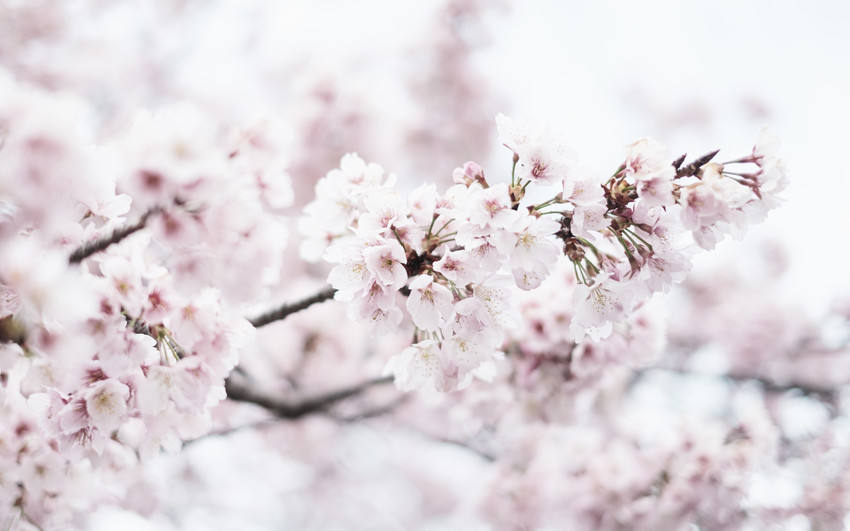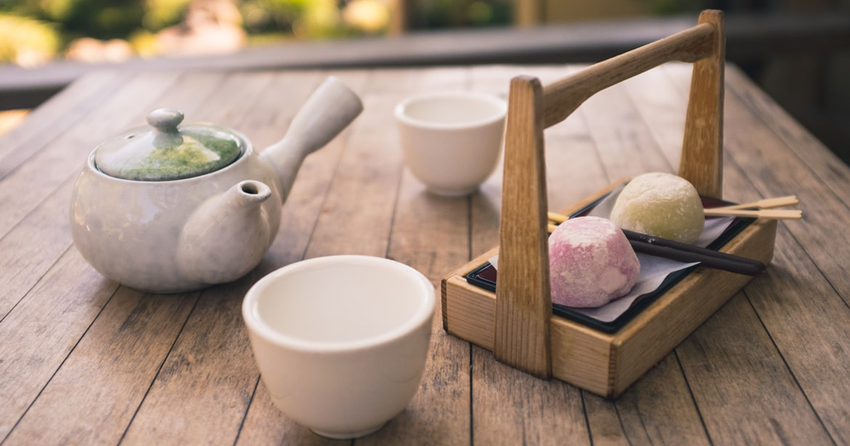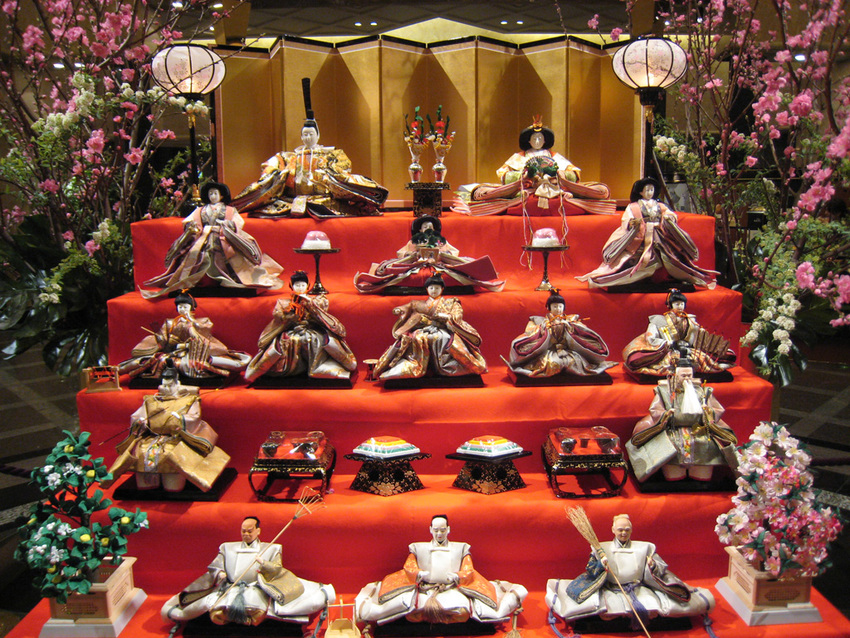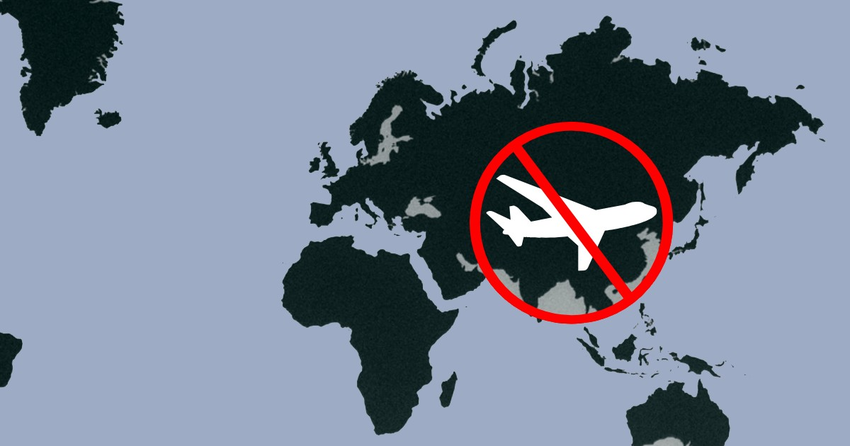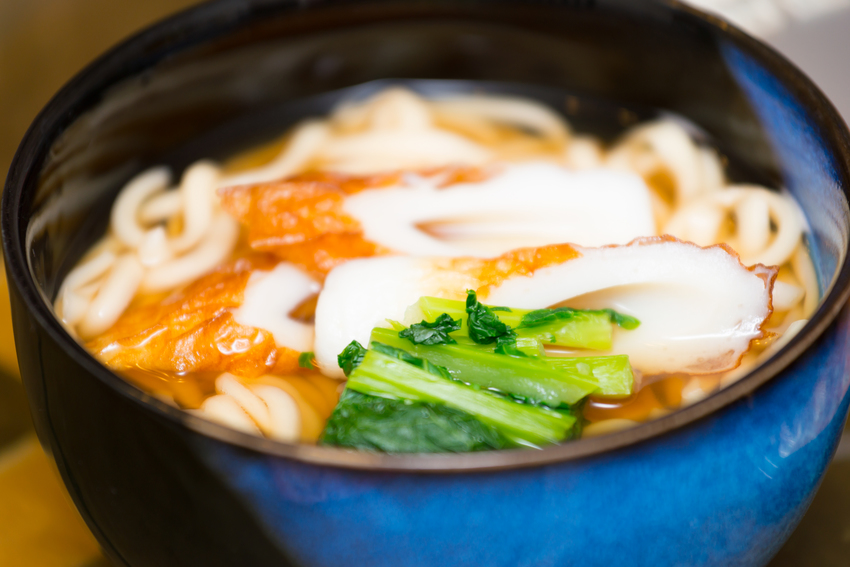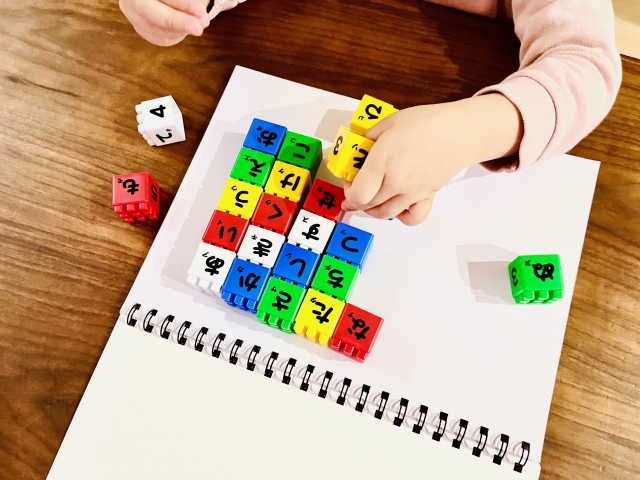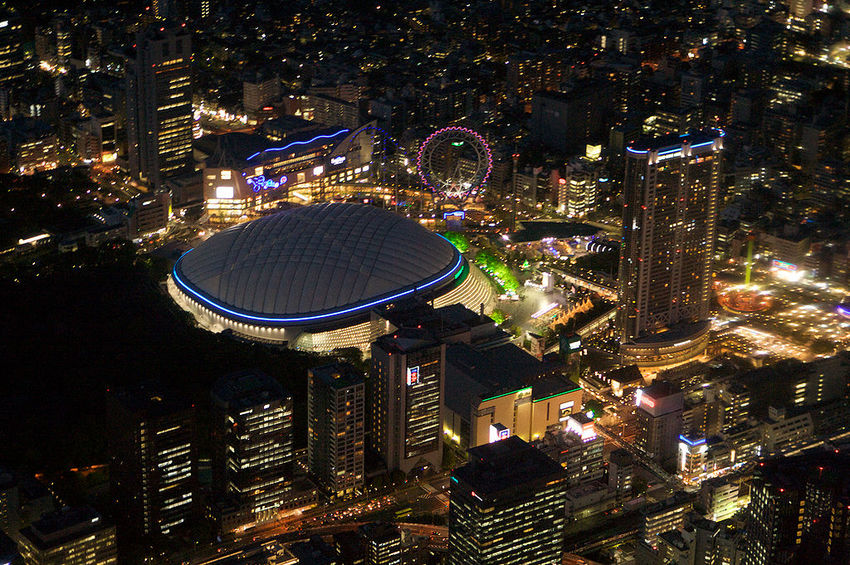日本語 や日本 に興味 をお持 ちのみなさんは、Japanese-Online 以外 にどのようなサイトをご覧 になっていますか。オンラインでアニメを見 られている方 も多 いのではないでしょうか。アニメは日本語 または吹 き替 え、どちらでご覧 になっていますか。
日本語 の多 くは、そのまま英語 にすると意味 が少 し違 ってくるかと思 います。アニメでも、日本語 と違 うなと思 うところはたくさんあります。頑 張 って日本語 でアニメを見 ている人 も多 いと思 います。もし、アニメの中 でわからない言葉 やフレーズがあったら、ご遠 慮 なくご連 絡 下 さい。ニュースレターで回答 させていただきます。
今回 は、読者 様 から寄 せられた質問 にお答 えしたいと思 います。
(1)「ご苦労様 」は目下 の人 に使 う言葉 ですか。
正確 には「ご苦労様 」は失礼 にあたるので目上 の人 には使 わない方 が良 いとされています。一方 、「お疲 れ様 」は誰 にでも使 える言葉 です。ただし、「ご苦労様 」を使 っても問題 のない業界 もあるようです。
(2)「3〜6日 」という言 い方 はありますか。
日本語 では、二三日 や四五日 と言 った言 い方 はありますが、3〜6日 という言 い方 はありません。強 いて言 えば3から6日 (さんからろくにち) だと思います。
Wouldn’t it be nice if we could all understand Japanese?
For those of you who are interested in the Japanese language and Japan, what other sites do you visit besides Japanese-Online? I'm sure many of you are watching anime. But when you do, are you watching it in Japanese? Or do you watch a dubbed version?
There are a lot of Japanese words that have slightly different meanings when they’re translated into English. Even in anime, I think there are many differences in Japanese. I think there are a lot of people who try their best to watch anime in Japanese. If you find a word in anime that you don’t understand or a phrase that doesn’t quite translate, please feel free to ask. We’d be happy to answer your questions in our newsletter.
In this issue, I’d like to answer some questions that some of our readers asked:
1. Do you use the word, “gokurousama”, towards inferior people?
To be precise, the word, “gokurousama”, is considered rude. But there are some industries where it’s okay to use the word, “gokurousama “. Generally, it’s not a word that’s taught to superiors to use. However, it’s okay to use the word, “otsukaresama”, for anyone.
2. Is there a way to say, “three to six days” in Japanese?
In Japanese, you can say “ni san nichi" or “shi go nichi". But there is no way to say "three to six days. If I had to say it, I would say “san kara roku nichi”.
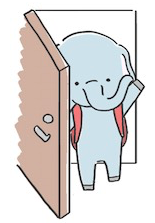
sign up for the Japanese-Online Newsletter
__..-・**・-..__..-・**・-.._ あいうえお かきくけこ さしすせそ たちつてと なにぬねの はひふへほ まみむめも やいゆえよ らりるれろ わゐうゑを ん __..-・**・-..__..-・**・-.._
Japanese-Online offers a complete Japanese video course
only $14/month!
Learn more at Japanese-Online.com
__..-・**・-..__..-・**・-.._ あいうえお かきくけこ さしすせそ たちつてと なにぬねの はひふへほ まみむめも やいゆえよ らりるれろ わゐうゑを ん __..-・**・-..__..-・**・-.._
#JapaneseOnline #LearningJapanese #FreeJapaneseLessons #JapaneseVideoLearning #JapaneseAnime #Anime #JapaneseFood #Bloguru



